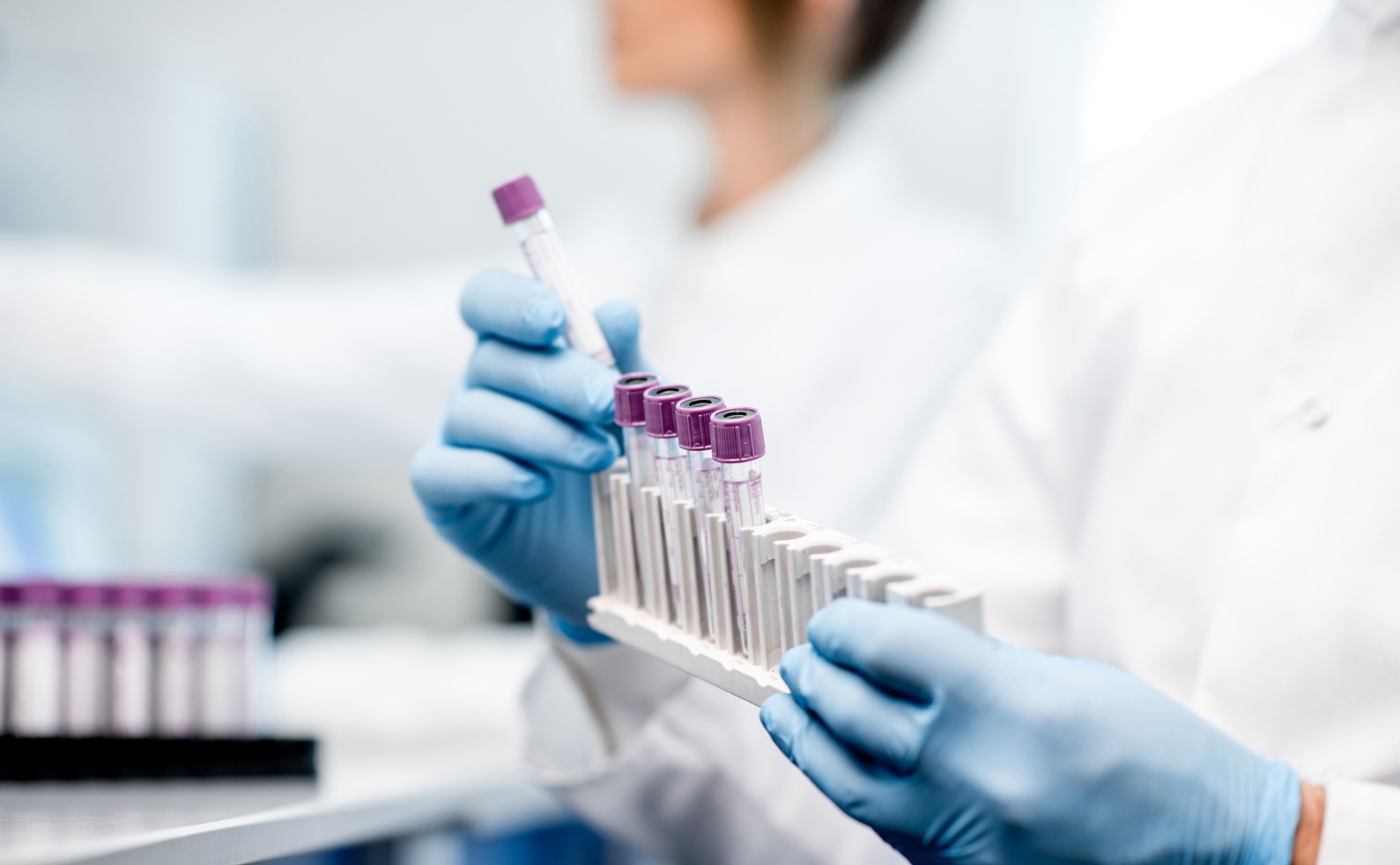Stem cell banking involves the gathering, processing, and storage of stem cells for potential future medical use. Stem cells are distinctive cells with the ability to become various specialised cell sorts, making them valuable for regenerative medicine and treating sure medical conditions. There are two primary types of stem cell banking: embryonic stem cell banking and adult or twine blood stem cell banking.
1. Embryonic Stem Cell Banking:
Source: Derived from embryos sometimes created for in vitro fertilization (IVF) procedures.
Potential: Embryonic stem cells have the potential to distinguish into any cell type in the human body, making them versatile for varied medical applications.
Controversies: Ethical and moral concerns surround using embryonic stem cells due to the supply of the cells and issues about embryo destruction.
2. Adult or Cord Blood Stem Cell Banking:
Source: Adult tissues or umbilical twine blood.
Umbilical Cord Blood: Cord blood is rich in hematopoietic stem cells, which may turn into varied blood cell varieties. It is collected from the umbilical cord and placenta after childbirth.
Adult Tissues: Stem cells may additionally be harvested from various grownup tissues similar to bone marrow, adipose tissue, or peripheral blood.
Common Steps in Stem Cell Banking:
Collection:
Stem cells can be collected from various sources, including twine blood, bone marrow, and adipose tissue.
The collection process is commonly non-invasive or minimally invasive.
Processing:
After assortment, the stem cells are processed to isolate and focus the specified cell population.
Processing may involve separating various sorts of cells or getting ready the cells for long-term storage.
Testing:
Stem cells are tested for infectious ailments and other high quality parameters to make sure they meet security standards.
Storage:
Stem cells are cryopreserved (frozen) and saved at extremely low temperatures to take care of their viability for an prolonged period.
Private and Public Banks:
Private Banks: Families can select to store their child's wire blood or adult stem cells in a non-public financial institution for their unique use. This typically includes a payment.
Public Banks: Stem cells donated to public banks are made out there for anyone in need. cord and tissue banking to public banks is often voluntary and doesn't involve payment to the donor.
Regulatory Compliance:
Stem cell banking services adhere to regulatory requirements to ensure the safety and quality of stored stem cells.

Potential Uses of Banked Stem Cells:
Medical Treatments:
Stem cells may be used in the remedy of varied illnesses, together with blood issues, immune system disorders, and certain kinds of cancer.
Regenerative Medicine:
Stem cells have the potential to repair or exchange damaged tissues and organs, making them useful for regenerative medication.
Research:
Banked stem cells contribute to scientific analysis, helping researchers study illnesses, take a look at new therapies, and advance medical data.
Stem cell banking represents a type of biological insurance, providing individuals and households with the choice of using their stored stem cells for potential medical treatments sooner or later. The decision to financial institution stem cells is a private one and sometimes involves careful consideration of the potential advantages, moral considerations, and related prices..
